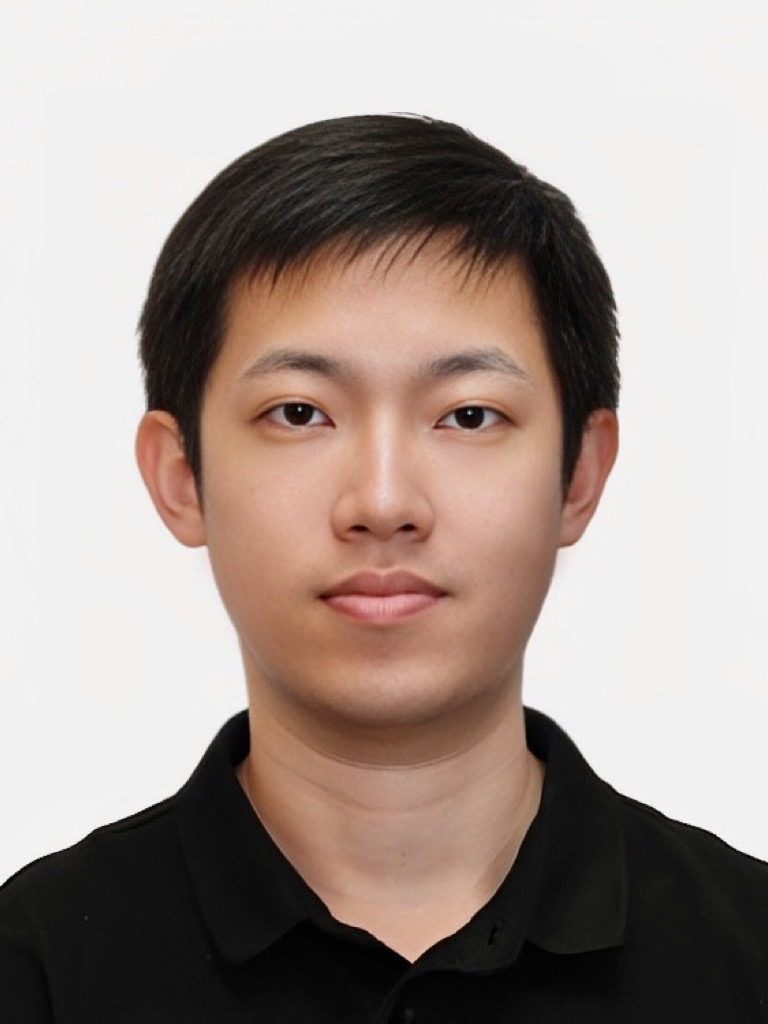|
Research
My research mainly lies in the following fields of
- Generative AI and Reinforcement Learning;
- Efficient AI: Sparsification, Compression and Quantization;
- Graph Representation Learning;
Much of my research now is related to (1) generative AI, reinforcement learning and (2) efficient machine learning models in the area of graph mining, computer vision and natural language processing.
In the realm of generative AI, my focus involves crafting reinforcement learning (RL) algorithms tailored for the generation process, with the goal of approximating outputs in the domain of interest as best as possible. These RL algorithms serve a dual purpose: not only as a means of generating outputs while simultaneously optimizing measurable metrics or indicators, but also as a method of embedding desired characteristics.
In the area of efficient AI, I address challenges through two primary methods. One approach involves the sparsification of inputs to expedite the inference process of neural networks. Leveraging knowledge in graph neural networks (GNNs), graph signal processing (GSP), graph spectral theory, and optimization algorithms, I introduce several graph sparsification techniques for GNNs. These techniques generate sparsified graphs, enhancing the construction of spectral-based filters for GNNs. This, in turn, boosts the performance of GNNs and accelerates both the training and inference processes. The second strategy for accelerating Deep Neural Networks (DNNs) revolves around weight pruning and quantization. For example, in the field of computer vision, I propose a unified ADMM-based framework that integrates weight pruning and weight quantization. This framework significantly reduces the number of weights, leading to a remarkable acceleration in the inference of DNNs without sacrificing performance.
For an up-to-date publication list, please see my Google Scholar.
|
|
Experiences
-

Futurewei Technologies, Inc.,
May 2023 - Jan 2024,
Machine Learning Intern in IC Lab,
Advisor: Dr. Masood Mortazavi
Intern Gold Award: The outstanding achievements in intern projects
-

Syracuse University,
Sep 2018 - Present,
Research Assistant,
Advisor: Dr. Reza Zafarani
-

Syracuse University,
Sep 2017 - Dec 2022,
Graduate Teaching Assistant,
Teaching Courses: Operating System, Randomized Algorithm, Artificial Neural Networks
|
Selected Publications
Google Scholar for all publications
|
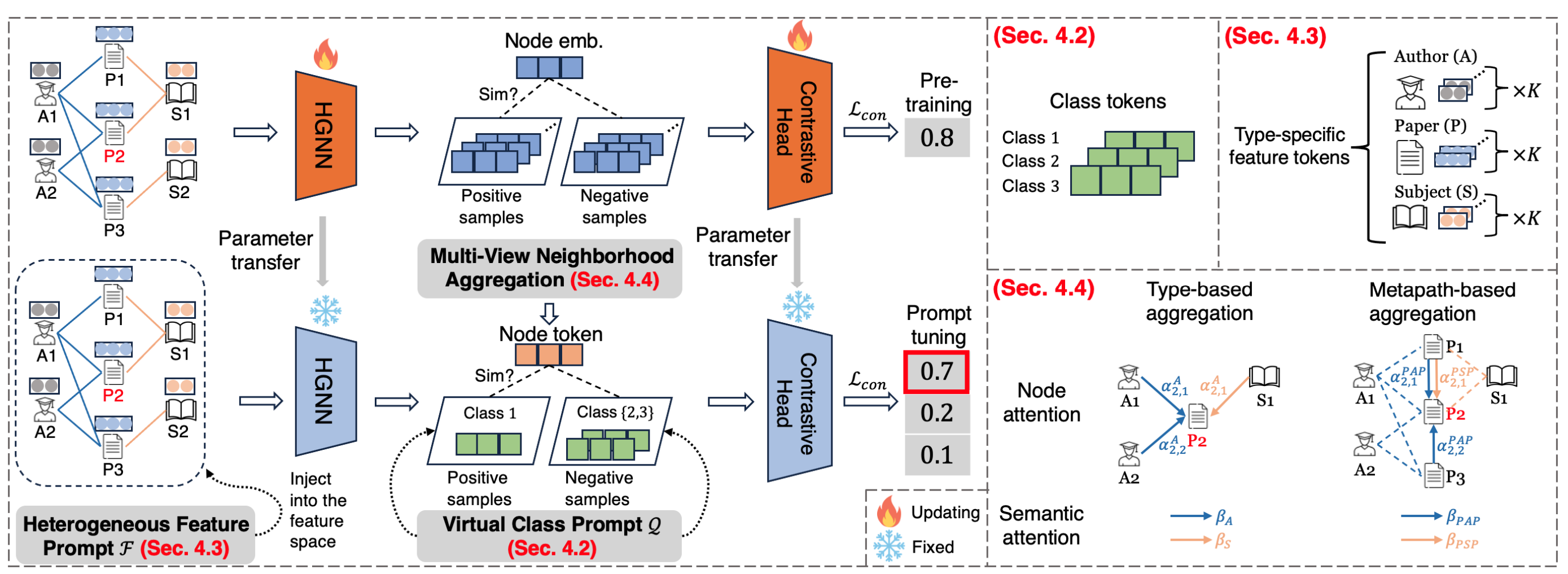
|
HetGPT: Harnessing the Power of Prompt Tuning in Pre-Trained Heterogeneous Graph Neural Networks
Yihong Ma, Ning Yan, Jiayu Li, Masood Mortazavi, Nitesh V Chawla
Proceedings of the ACM TheWebConf Conference (WWW), 2024.
[paper]
More
In this paper, we propose HetGPT, a general post-training prompting framework to improve the predictive performance of pre-trained heterogeneous graph neural networks (HGNNs). The key is the design of a novel prompting function that integrates a virtual class prompt and a heterogeneous feature prompt, with the aim to reformulate downstream tasks to mirror pretext tasks. Moreover, HetGPT introduces a multi-view neighborhood aggregation mechanism, capturing the complex neighborhood structure in heterogeneous graphs. Extensive experiments on three benchmark datasets demonstrate HetGPT’s capability to enhance the performance of state-of-the-art HGNNs on semi-supervised node classification.
|
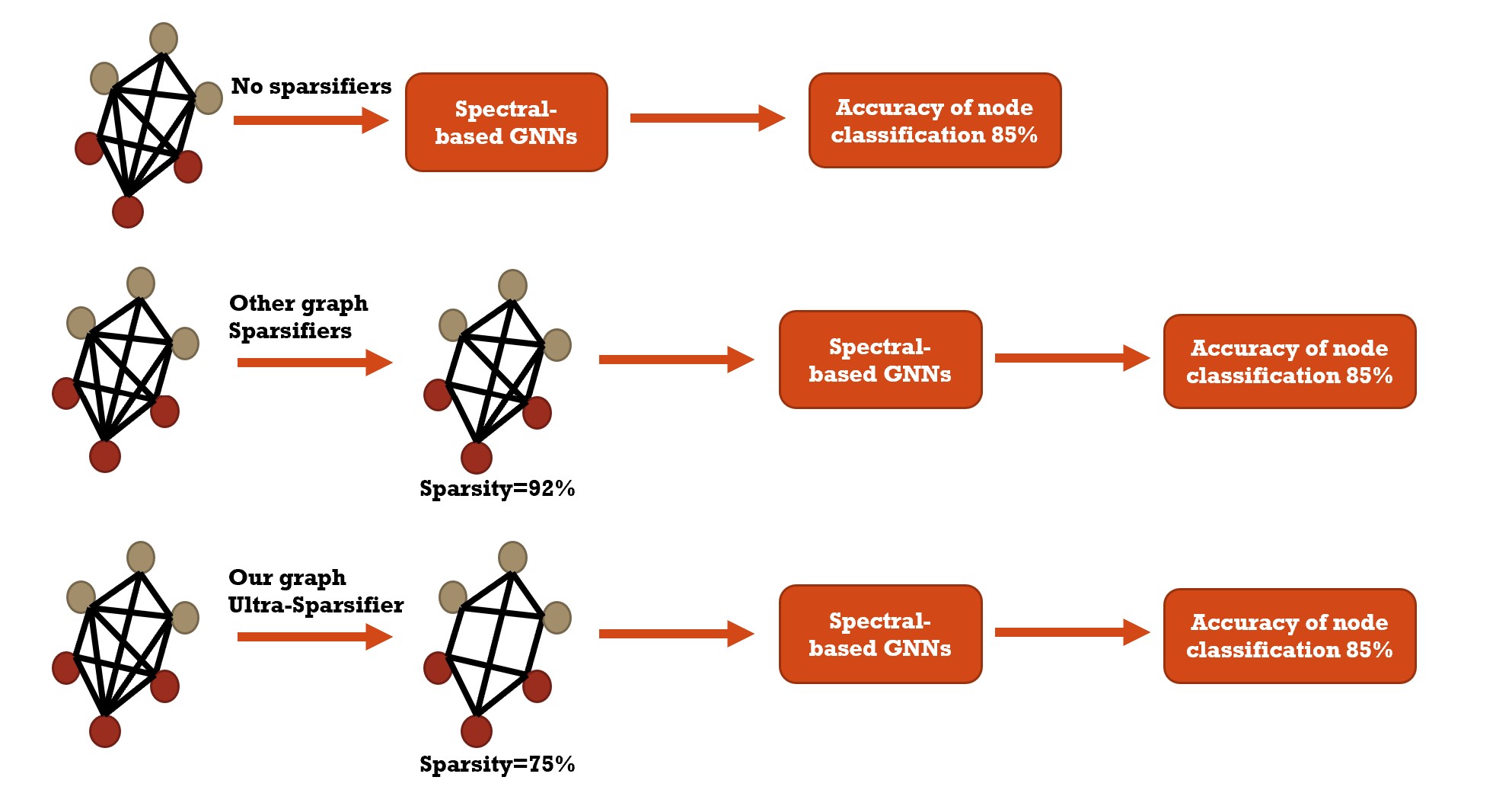
|
Semi-Supervised Graph Ultra-Sparsifiers using Reweighted L1 Optimization
Jiayu Li, Tianyun Zhang, Shengmin Jin, Reza Zafarani
Proceedings of the IEEE International Conference on Acoustics, Speech and Signal Processing (ICASSP), 2023.
[paper]
More
GCN family suffers from sub-optimal generalization performance due to task-irrelevant connections. Recent studies solve this problem by using graph sparsification in neural networks. However, graph sparsification cannot generate ultra-sparse graphs while simultaneously maintaining the performance of the GCN family. To address this problem, we propose Graph Ultra-sparsifier, a semi-supervised graph sparsifier with dynamically-updated regularization terms based on the graph convolution. The graph ultra-sparsifier can generate ultra-sparse graphs while maintaining the performance of the GCN family with the ultra-sparse graphs as inputs.
|
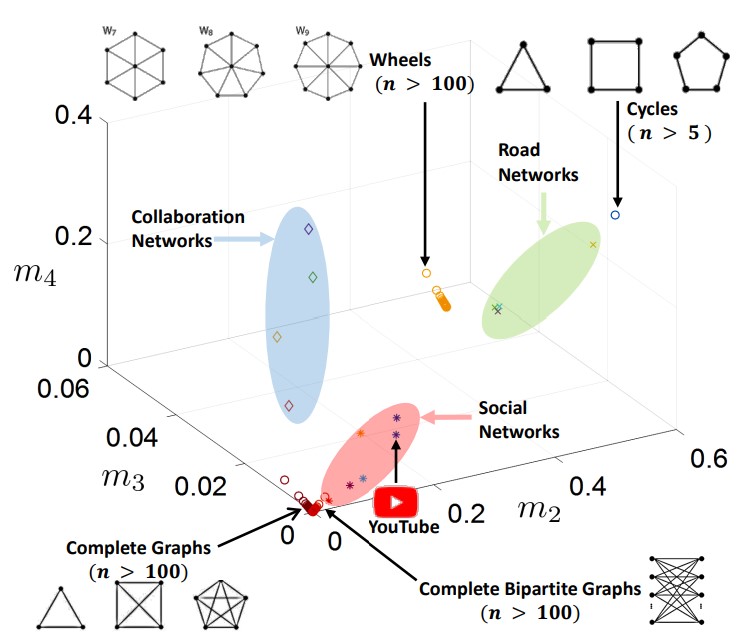
|
A Spectral Measure for Network Robustness: Assessment, Design, and Evolution
Shengmin Jin, Rui Ma, Jiayu Li, Sara Eftekharnejad, Reza Zafarani
IEEE International Conference on Knowledge Graph (ICKG), 2022.
[paper]
More
A spectral measure for network robustness: the second spectral moment m2 of the network. Our results show that a smaller second spectral moment m2 indicates a more robust network. We demonstrate both theoretically and with extensive empirical studies that the second spectral moment can help
- capture various traditional measures of network robustness;
- assess the robustness of networks;
- design networks with controlled robustness;
- study how complex networked systems (e.g., power systems) behave under cascading failures.
|
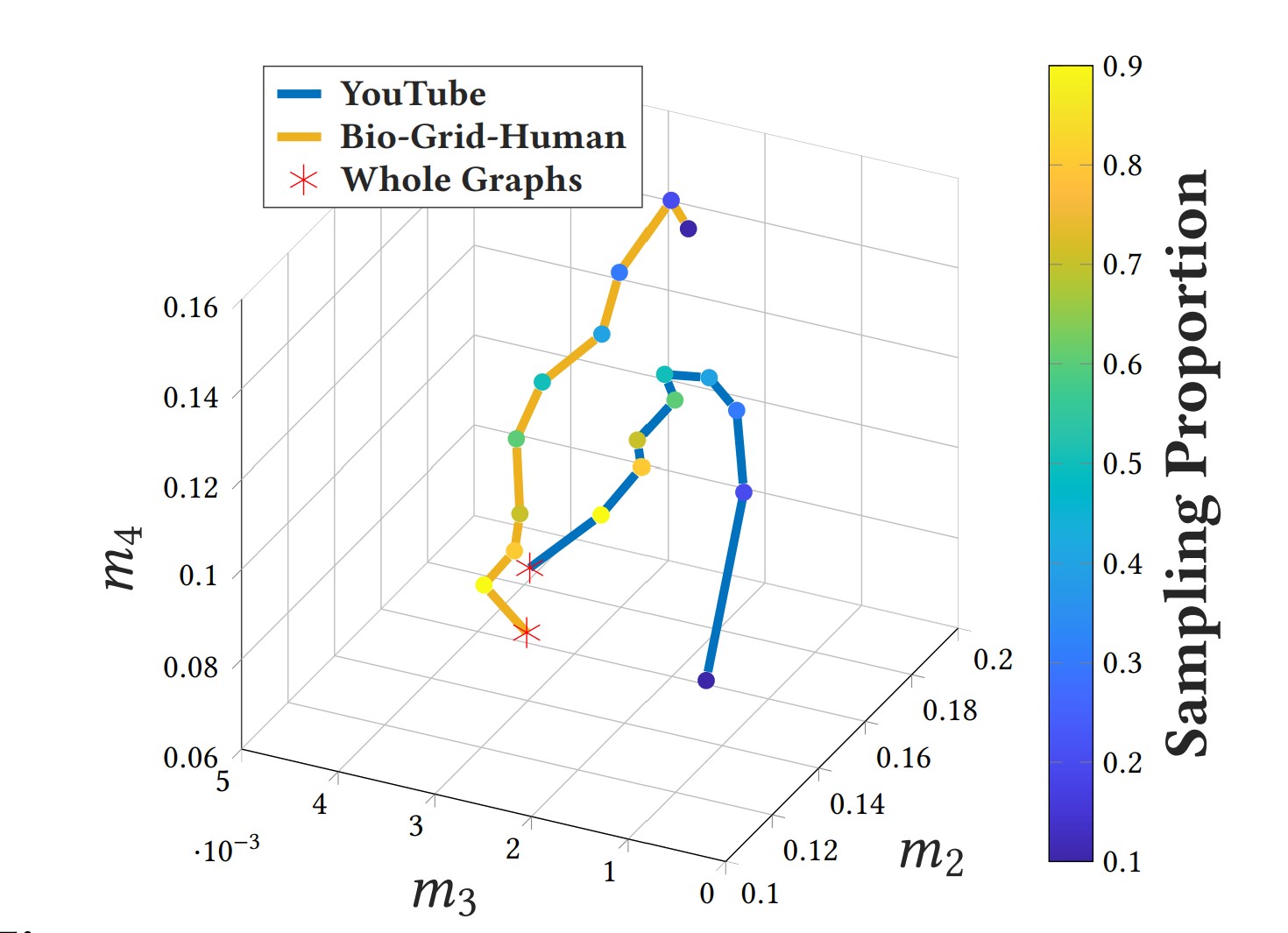
|
A Spectral Representation of Networks: The Path of Subgraphs
Shengmin Jin, Hao Tian, Jiayu Li, Reza Zafarani
Proceedings of the 28th ACM SIGKDD Conference on Knowledge Discovery and Data Mining (KDD), 2022.
[paper]
More
We propose a 3D network representation that relies on the spectral information of subgraphs: the Spectral Path, a path connecting the spectral moments of the network and those of its subgraphs of different sizes. We show that the spectral path is interpretable and can capture relationship between a network and its subgraphs, for which we present a theoretical foundation. We demonstrate the effectiveness of the spectral path in applications such as network visualization and network identification.
|
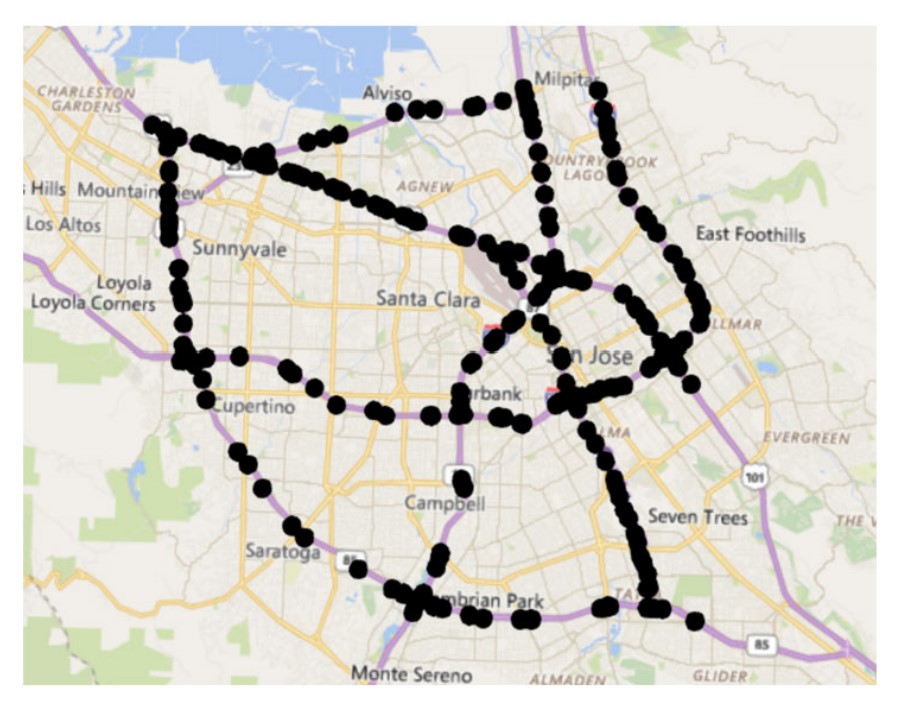
|
AdverSparse: An Adversarial Attack Framework for Deep Spatial-Temporal Graph Neural Networks
Jiayu Li, Tianyun Zhang, Shengmin Jin, Makan Fardad, Reza Zafarani
Proceedings of the IEEE International Conference on Acoustics, Speech and Signal Processing (ICASSP), 2022.
[paper]
More
We propose a sparse adversarial attack framework ADVERSPARSE to illustrate that when only a few key connections are removed in such graphs, hidden spatial dependencies learned by such spatial-temporal models are significantly impacted, leading to various issues such as increasing prediction errors. We formulate the adversarial attack as an optimization problem and solve it by the Alternating Direction Method of Multipliers (ADMM). Experiments show that ADVERSPARSE can find and remove key connections in these graphs, leading to malfunctioning models, even in models capable of learning hidden spatial dependencies.
|
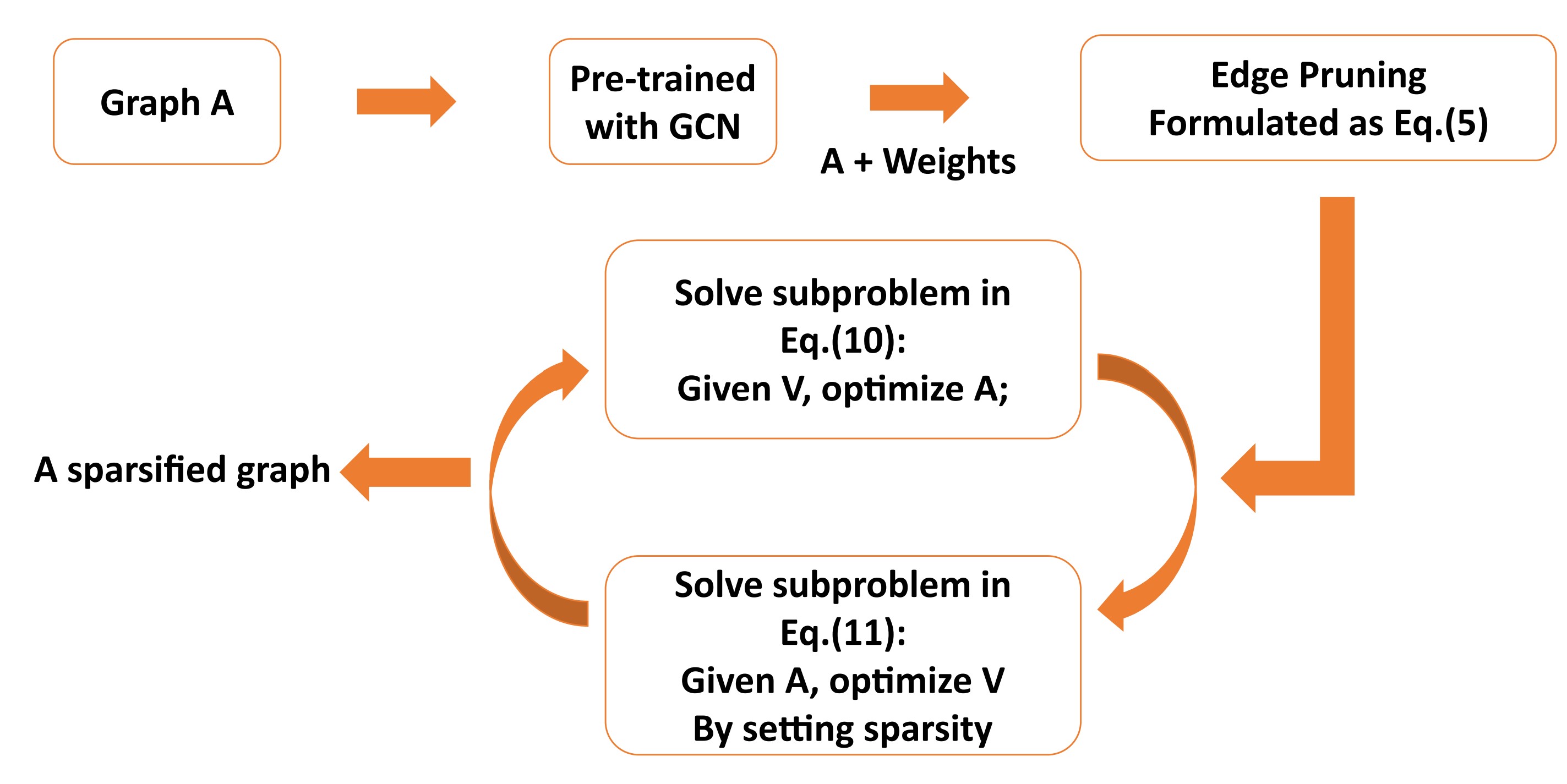
|
Graph Sparsification with Graph Convolutional Networks
Jiayu Li, Tianyun Zhang, Hao Tian, Shengmin Jin, Makan Fardad, Reza Zafarani
International Journal of Data Science and Analytics (JDSA), 2022.
[paper]
More
We propose Sparsified Graph Convolutional Network (SGCN), a neural network graph sparsifier that sparsifies a graph by pruning some edges. We formulate sparsification as an optimization problem and solve it by an Alternating Direction Method of Multipliers (ADMM). The experiment illustrates that SGCN can identify highly effective subgraphs for node classification in GCN compared to other sparsifiers such as Random Pruning, Spectral Sparsifier and DropEdge. We also show that sparsified graphs provided by SGCN can be inputs to GCN, which leads to better or comparable node classification performance with that of original graphs in GCN, DeepWalk, GraphSAGE, and GAT. We provide insights on why SGCN performs well by analyzing its performance from the view of a low-pass filter.
|

|
SGCN: A Graph Sparsifier Based on Graph Convolutional Networks
Jiayu Li, Tianyun Zhang, Hao Tian, Shengmin Jin, Makan Fardad, Reza Zafarani
Proceedings of the 24th The Pacific-Asia Conference on Knowledge Discovery and Data Mining (PAKDD), 2020.
[paper]
More
We propose Sparsified Graph Convolutional Network (SGCN), a neural network graph sparsifier that sparsifies a graph by pruning some edges. We formulate sparsification as an optimization problem, which we solve by an Alternating Direction Method of Multipliers (ADMM)-based solution. We show that sparsified graphs provided by SGCN can be used as inputs to GCN, leading to better or comparable node classification performance with that of original graphs in GCN, DeepWalk, and GraphSAGE.
|

|
ADMM-NN: An Algorithm-Hardware Co-Design Framework of DNNs Using Alternating Direction Methods of Multipliers
Ao Ren, Tianyun Zhang, Shaokai Ye, Jiayu Li, Wenyao Xu, Xuehai Qian, Xue Lin, Yanzhi Wang
Proceedings of the 24th International Conference on Architectural Support for Programming Languages and Operating Systems (ASPLOS), 2019.
[paper]
More
We present ADMM-NN, the first algorithm-hardware co-optimization framework of DNNs using Alternating Direction Method of Multipliers (ADMM). The ADMM-NN is a systematic, joint framework of DNN weight pruning and quantization using ADMM. It can be understood as a smart regularization technique with regularization target dynamically updated in each ADMM iteration, resulting in higher performance in model compression than the state-of-the-art. We perform ADMM-based weight pruning and quantization considering the computation reduction and energy efficiency improvement.
Without accuracy loss, ADMM-NN achieves 85× and 24× pruning on LeNet-5 and AlexNet models, respectively, — significantly higher than the state-of-the-art. Combining weight pruning and quantization, we achieve 1,910× and 231× reductions in overall model size on these two benchmarks . Highly promising results are also observed on other representative DNNs such as VGGNet and ResNet-50.
|
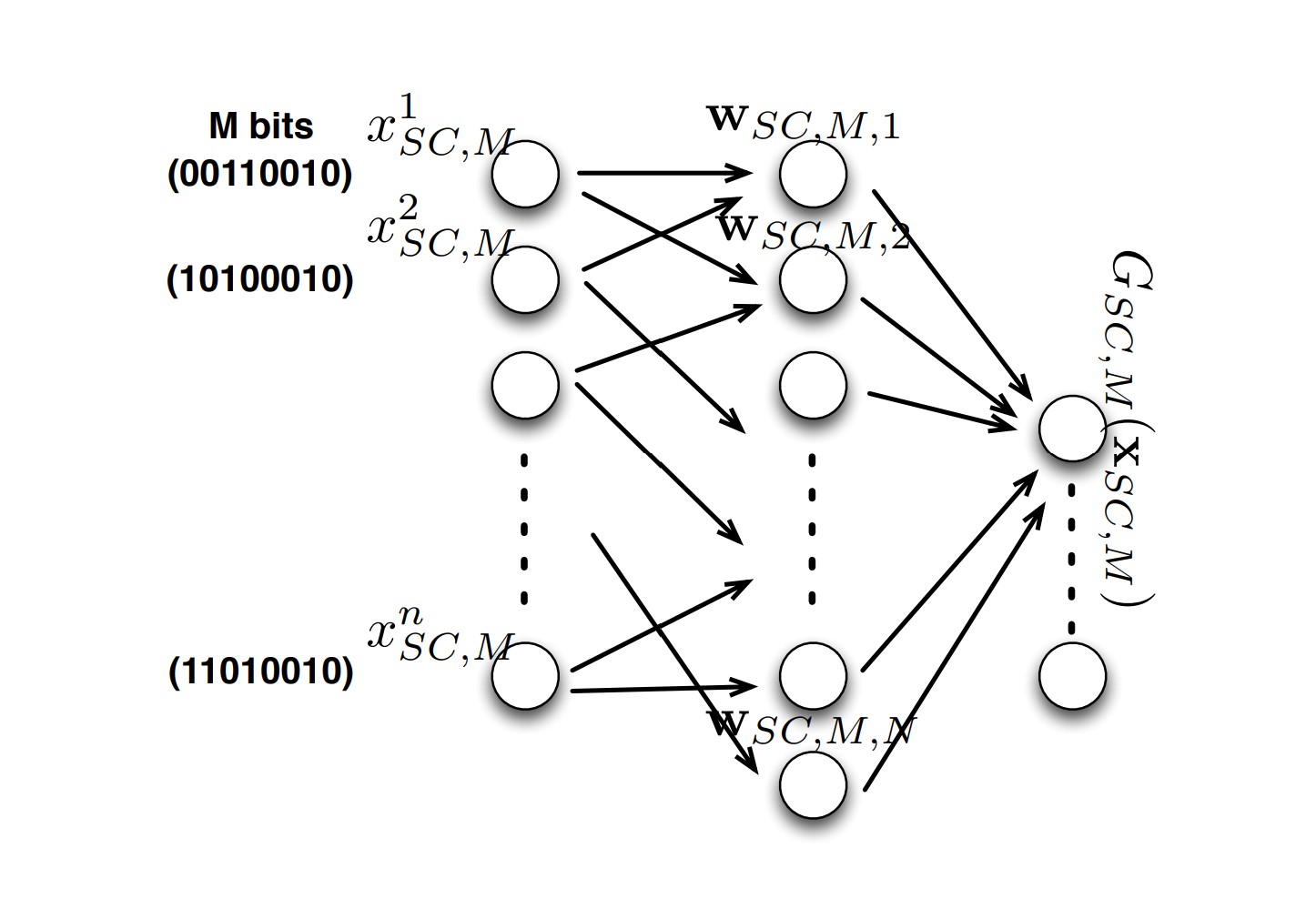
|
Universal Approximation Property and Equivalence of Stochastic Computing-Based Neural Networks and Binary Neural Networks
Yanzhi Wang, Zheng Zhan, Liang Zhao, Jian Tang, Siyue Wang, Jiayu Li, Bo Yuan, Wujie Wen, Xue Lin
Proceedings of the AAAI Conference on Artificial Intelligence (AAAI), 2019.
[paper]
More
We prove that the ”ideal” SCNNs and BNNs satisfy the universal approximation property with probability 1 (due to the stochastic behavior). We also derive an appropriate bound for bit length M in order to provide insights for the actual neural network implementations. We further prove that SCNNs and BNNs exhibit the same energy complexity.
|
|
Conference/Journal Reviewer and Service
- KDD 2019, KDD 2020, KDD 2021, KDD 2022, KDD2023
- WWW 2018, WWW 2019, WWW 2020, WWW2024
- SIGIR 2021, SIGIR 2022, SIGIR 2023
- WSDM 2018, WSDM 2019, WSDM 2020, WSDM 2024
- CIKM 2020, CIKM 2021, CIKM 2022
- More reviews
- AAAI 2019
- ECML-PKDD 2020
- PAKDD 2018, PAKDD 2019, PAKDD 2020, PAKDD 2021
- International Journal of Neural Computing and Applications
- International Journal of Computer Science and Technology
- IEEE Access
|
|
Honors and Awards
- ICASSP 2022 Student Travel Grant
- PAKDD 2020 Student Travel Grant
- Syracuse University Travel Grant 2018, 2020, 2022
- Syracuse University Graduate Grant, 2015
|
|
